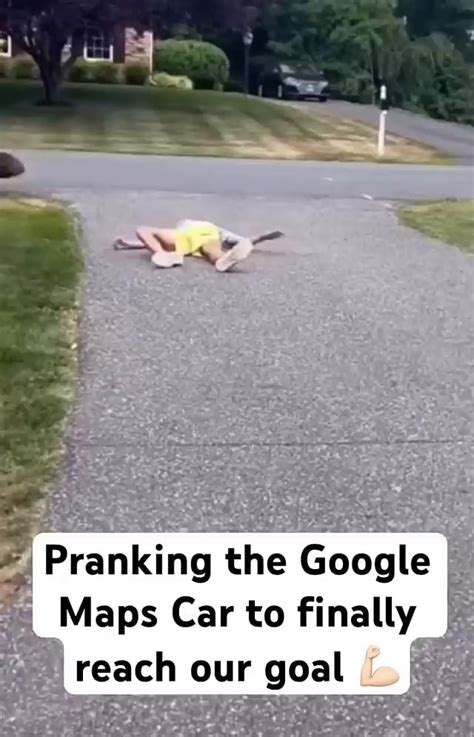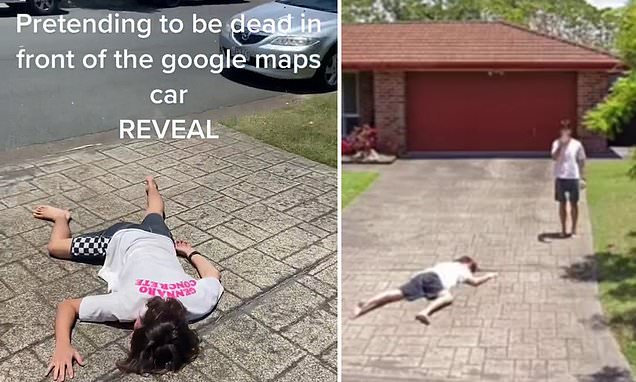Pranks have been a part of human culture for centuries, evolving from playful mischief to legendary acts that leave a lasting impression. This journey through the world of prank pranks takes us back to their historical origins, exploring how these humorous antics have shaped societies and entertained people across different eras. From iconic pranks that have stood the test of time to modern-day viral sensations, pranking remains a universal way to connect, amuse, and sometimes challenge social norms. By examining the psychology behind pranking, we uncover why these playful tricks are so deeply embedded in our social dynamics and relationships. Join us as we explore the cultural variations and enduring appeal of pranks across the globe.
Let’s examine this topic closely with iigoi.com
1. Historical Origins of Prank Pranks
Pranks have a rich history, stretching back to ancient civilizations. In these early times, playful tricks served both as entertainment and social commentary. The Roman festival of Hilaria, held in late March, provides some of the earliest recorded instances of pranking. This festival featured disguises, jokes, and general merriment. This ancient tradition echoes many aspects of modern pranking, highlighting the enduring human fascination with humor and the element of surprise.
Medieval Europe’s court jesters were renowned for their witty antics and clever wordplay, often pushing the limits of decorum to entertain royalty and their guests. These jesters not only provided amusement but also employed humor to deliver sharp truths to those in power, demonstrating how pranks could be both lighthearted and subversive. During the Renaissance, the art of pranking rose in prominence, finding its way into literature and theater. Shakespeare, for instance, frequently incorporated pranks into his plays, using them to generate laughter as well as to provoke deeper social commentary.
From the grand settings of royal courts and theatrical stages, pranks found their way into the everyday lives of ordinary people. Folk traditions across cultures embraced pranks as a way to celebrate festivals, mark life changes, or simply add a touch of humor to daily routines. These historical practices provide the foundation for the wide variety of pranking customs we see today, demonstrating the enduring appeal of playful mischief in human society.

2. Iconic Pranks Through the Decades
Iconic pranks have left their mark on popular culture and society throughout the decades. In the early 20th century, prank phone calls became a common form of mischief, with individuals finding amusement in calling others and posing absurd questions. The 1950s and 1960s witnessed a rise in more elaborate pranks, such as the BBC’s renowned “spaghetti tree” hoax. This news segment successfully convinced viewers that spaghetti grew on trees. This playful deception highlighted the media’s ability to create convincing pranks.
The 1980s saw the rise of prank shows like “Candid Camera,” which delighted audiences with hidden-camera stunts that caught unsuspecting individuals off guard. The dawn of the internet and social media in the 2000s brought about a new wave of viral pranks, like the infamous “Rickrolling” phenomenon. These iconic pranks, both old and new, have served not only as sources of entertainment but also as reflections of humor’s evolving landscape and the ever-changing dynamics of social interaction.

3. The Psychology Behind Pranking
Pranking delves into the very essence of human psychology, weaving together humor, surprise, and social interaction. At its heart, a prank disrupts expectations, generating a brief gap between what someone anticipates and what actually unfolds. This element of surprise often provokes laughter, a natural reaction to unforeseen circumstances that serves to release tension and strengthen social connections.
Psychologists propose that pranking can serve as a means for individuals to navigate social dynamics and relationships. A successful prank has the potential to foster closer bonds, establishing a sense of camaraderie and shared enjoyment. Nevertheless, the intent and context surrounding a prank are of paramount importance. A prank executed with good intentions can strengthen trust and friendships, but one that crosses boundaries or targets sensitive areas may result in embarrassment, resentment, or even conflict.
Pranking empowers the prankster by giving them the freedom to express their creativity and control in a fun environment. This playful power dynamic can be both entertaining and thought-provoking, providing insights into the interplay of power, humor, and human interaction. By comprehending the psychological motivations behind pranking, we can better understand why these tricks remain a widely enjoyed form of entertainment across different cultures and generations.

4. Cultural Variations in Pranking Traditions
Pranking traditions are diverse and shaped by cultural differences, reflecting local customs, beliefs, and social norms. In numerous Western cultures, April Fool’s Day is the most prominent occasion for pranking. This day, with roots dating back to the 16th century, is celebrated with playful tricks and harmless jokes, where the intent is to entertain rather than cause offense.
While Japanese pranks lean towards subtlety, often relying on clever wordplay or humorous situations, reflecting a cultural value on harmony and social balance, pranks in India take on a vibrant twist during Holi, the festival of colors. This festival embraces playful mischief, with the throwing of colored powder and water symbolizing joy and lightheartedness.
Across Latin America, December 28th marks “Día de los Santos Inocentes,” a day dedicated to playful pranks and tricks, similar to April Fool’s Day. This cultural variation underscores the universality of the pranking spirit—bringing surprise and laughter—while highlighting how different cultures express this playful energy through unique traditions and contexts.
5. Modern-Day Prank Trends and Viral Sensations
The digital age has ushered in a new era of prank trends, fueled by the ever-evolving landscape of social media and internet culture. Platforms like YouTube, TikTok, and Instagram have become fertile ground for inventive and often elaborate pranks, enabling creators to tap into a global audience and achieve instant notoriety. Viral pranks frequently boast high production values and intricate setups, including staged public interactions or hidden-camera scenarios, meticulously crafted to elicit authentic reactions and maximize entertainment appeal.
A notable trend in online entertainment is the “prank wars” between internet personalities. These escalating pranks, a form of competitive entertainment, blend humor with creativity, pushing boundaries while maintaining a playful tone. Another popular trend is “fake celebrity” pranks, where unsuspecting individuals are led to believe they are interacting with famous personalities, resulting in humorous and surprising outcomes.
Modern pranks often reflect current events and societal concerns, tapping into contemporary issues to create viral content. While these online pranks can provide amusement and engagement, they also reveal the influence of digital platforms in shaping and disseminating pranking culture globally.
6. The Impact of Pranks on Social Dynamics and Relationships
Pranks can significantly influence social dynamics and relationships, often serving as a tool for social bonding or, conversely, creating tension. When executed with a sense of humor and mutual respect, pranks can strengthen relationships by fostering laughter and shared experiences. They offer a playful way to interact, break the ice, and build camaraderie among friends, family, and colleagues.
However, pranks that are poorly executed or come across as mean-spirited can have the opposite effect, potentially damaging trust and causing friction. The impact of a prank largely depends on the intent behind it and the recipients’ perceptions. A well-intentioned prank that aligns with social norms and personal boundaries can enhance group cohesion, while one that is perceived as hurtful or invasive can lead to misunderstandings and conflict.
In the broader context, pranks also reflect social and cultural values, revealing how societies navigate humor, power, and interpersonal dynamics. Understanding these impacts helps us appreciate the delicate balance required to use pranks as a positive force in social interactions.
Pranks have traversed history and culture, evolving from ancient mischief to modern viral sensations. Their impact on social dynamics and relationships highlights the delicate balance between humor and sensitivity. As pranking continues to adapt in the digital age, it remains a powerful way to connect, entertain, and reflect societal values, demonstrating the enduring appeal of playful surprises.
iigoi.com
